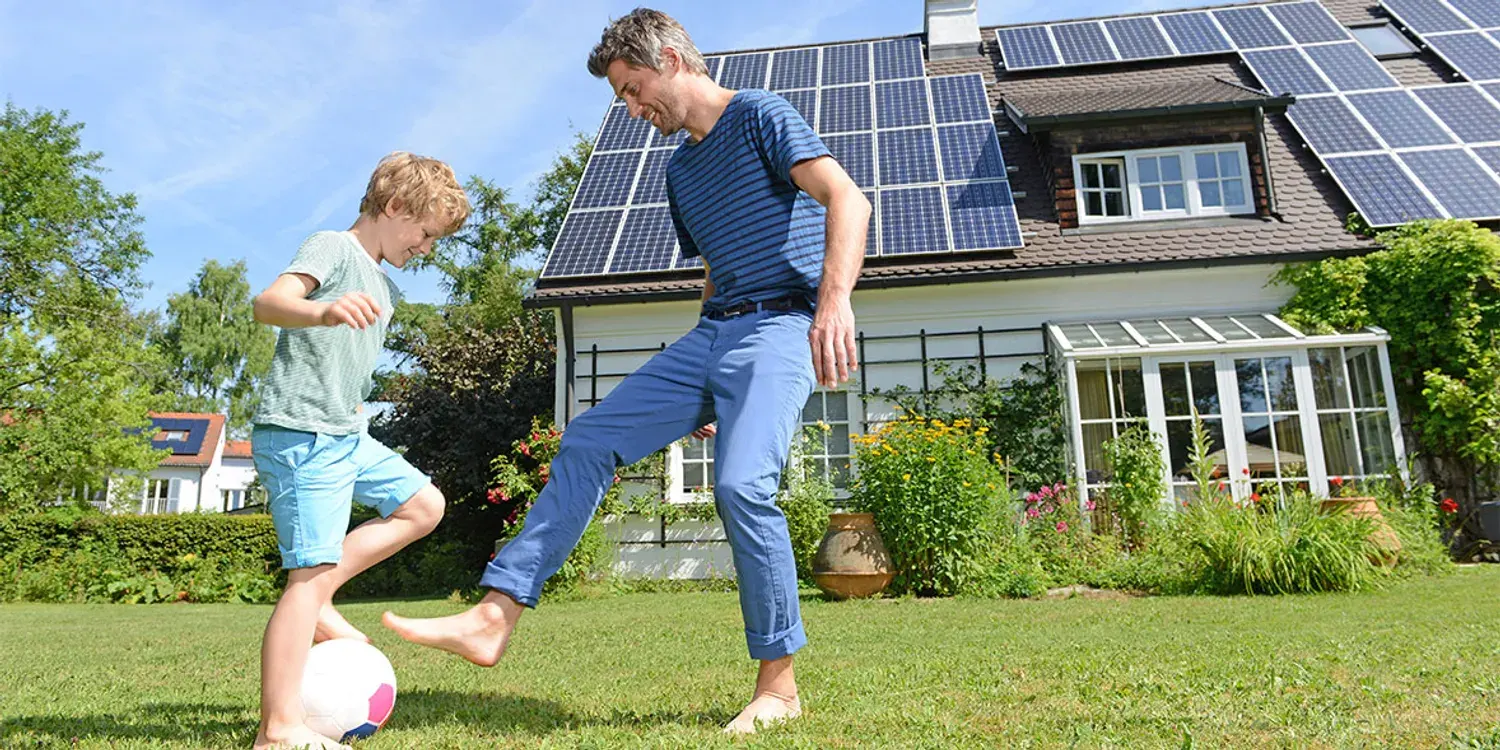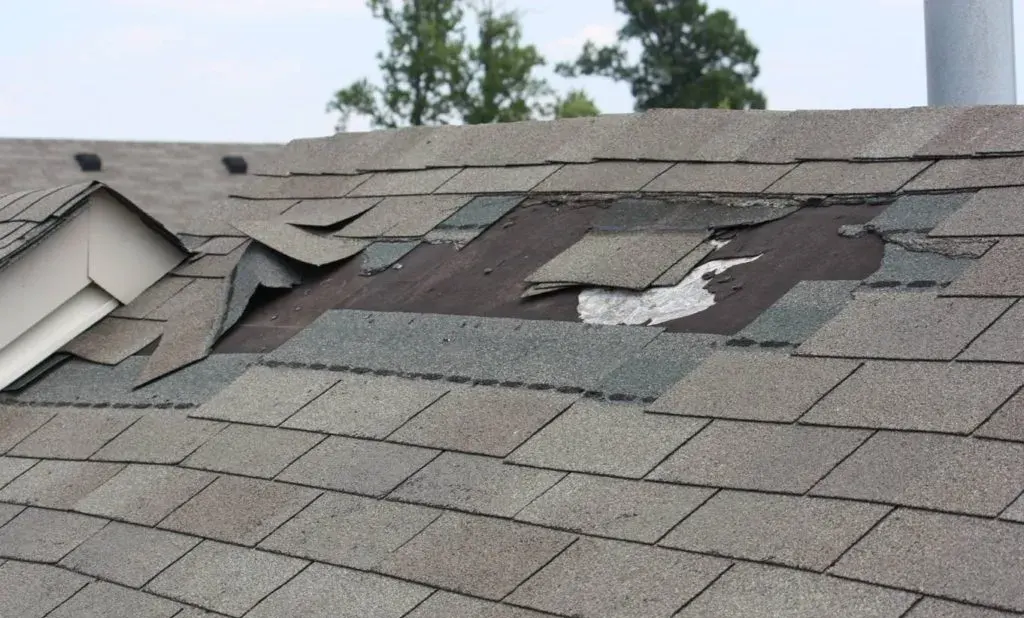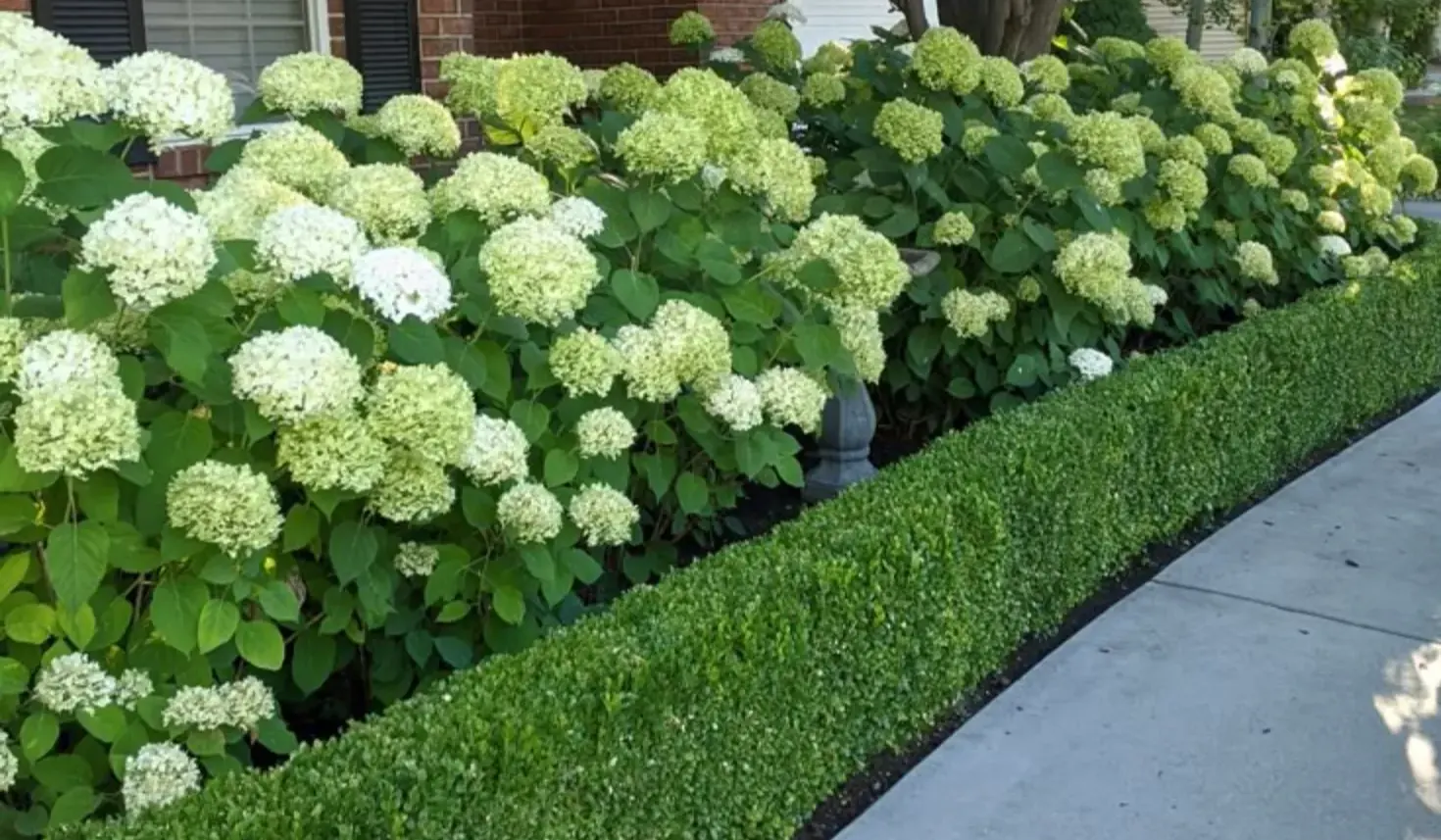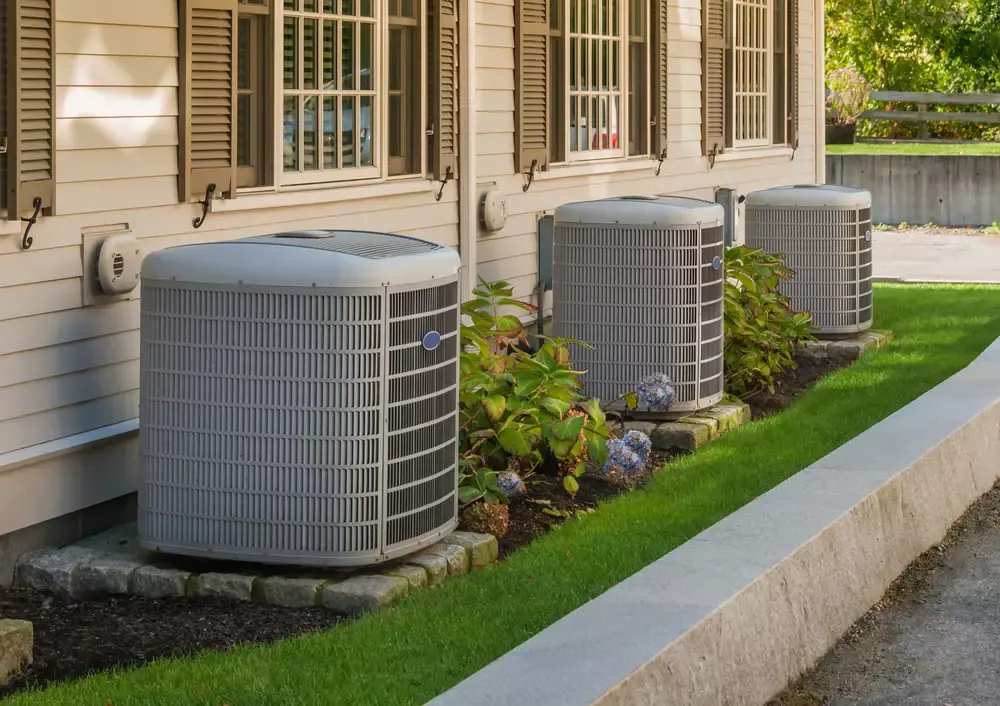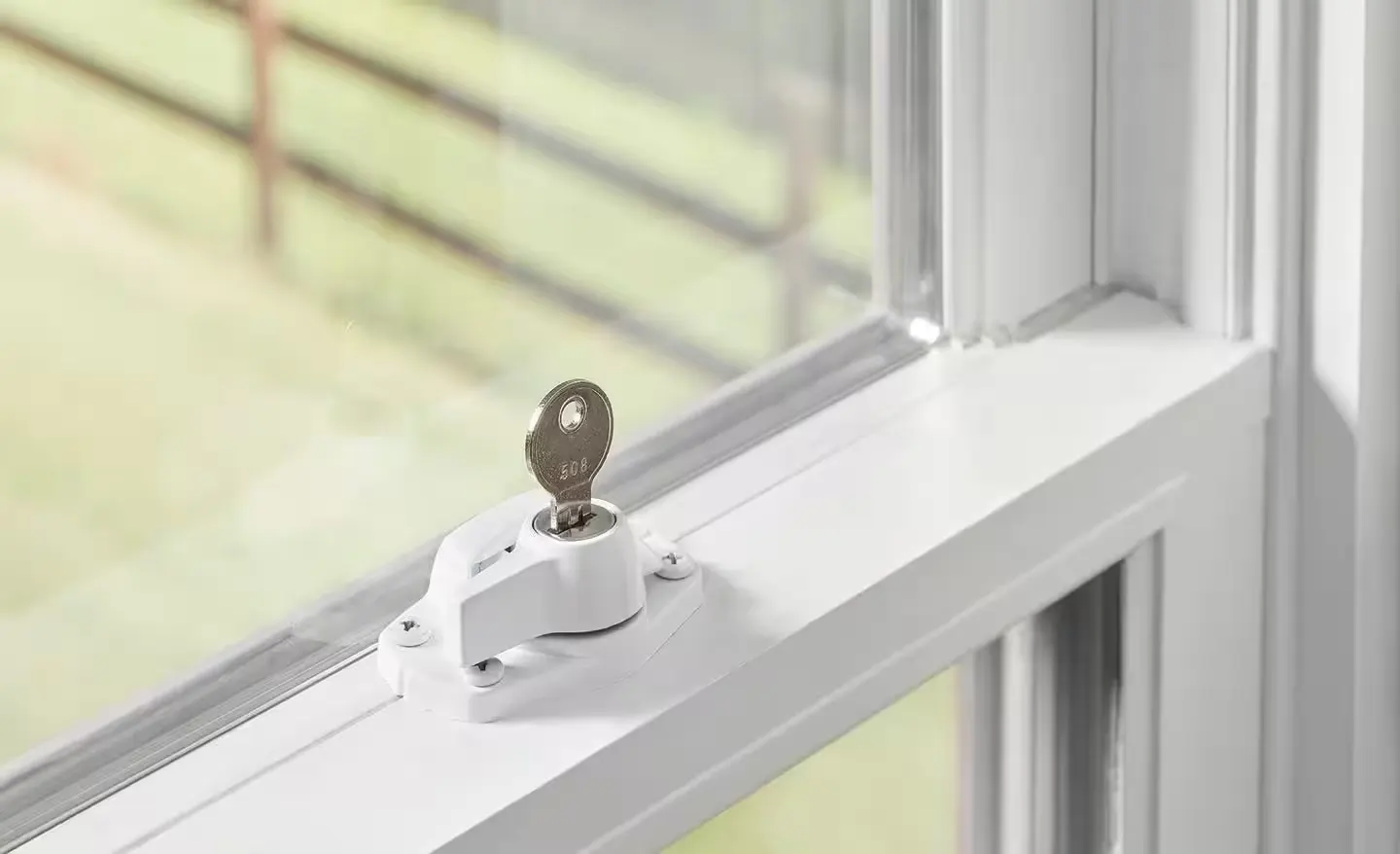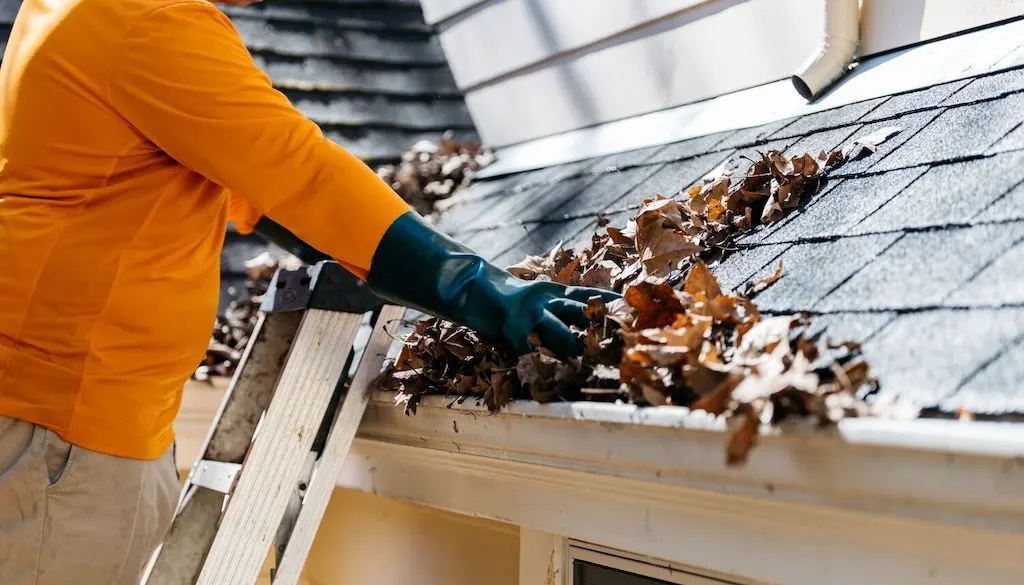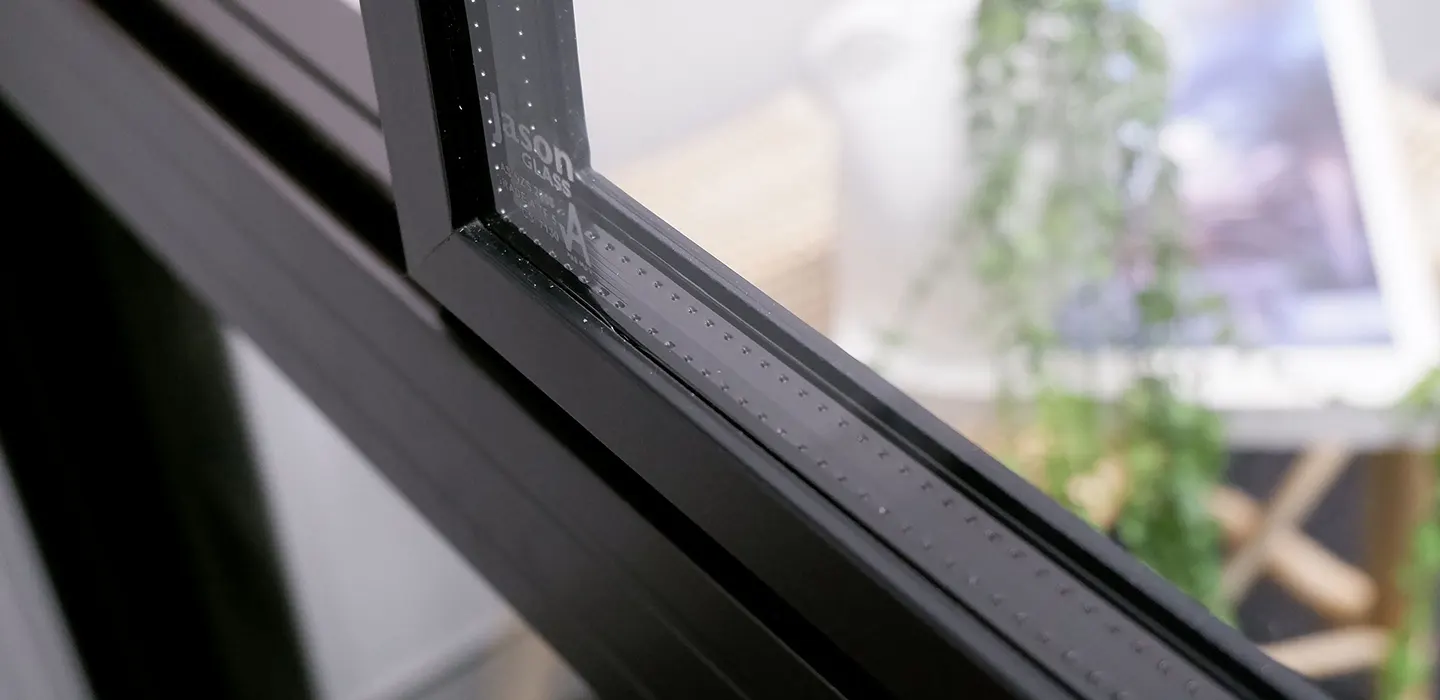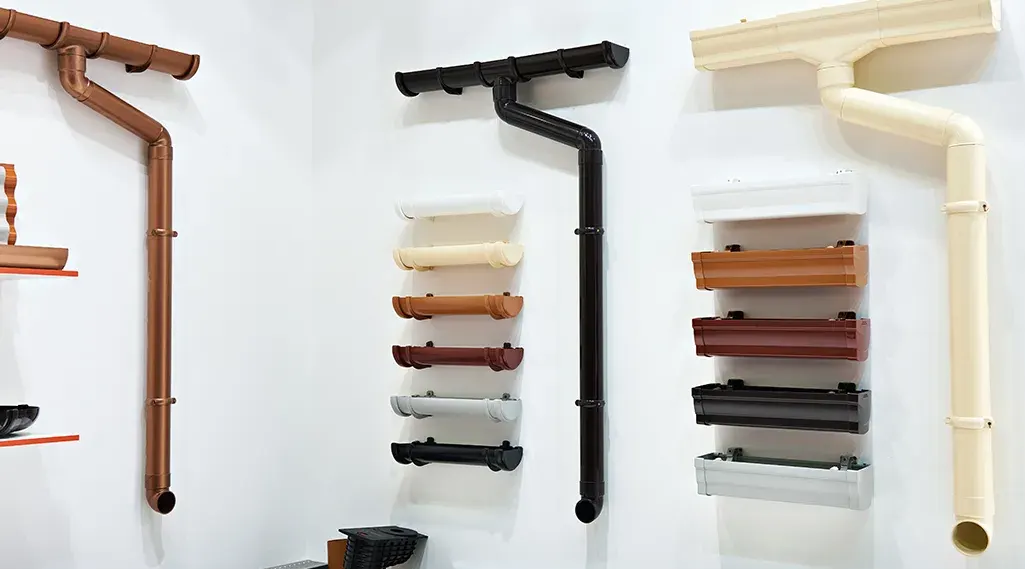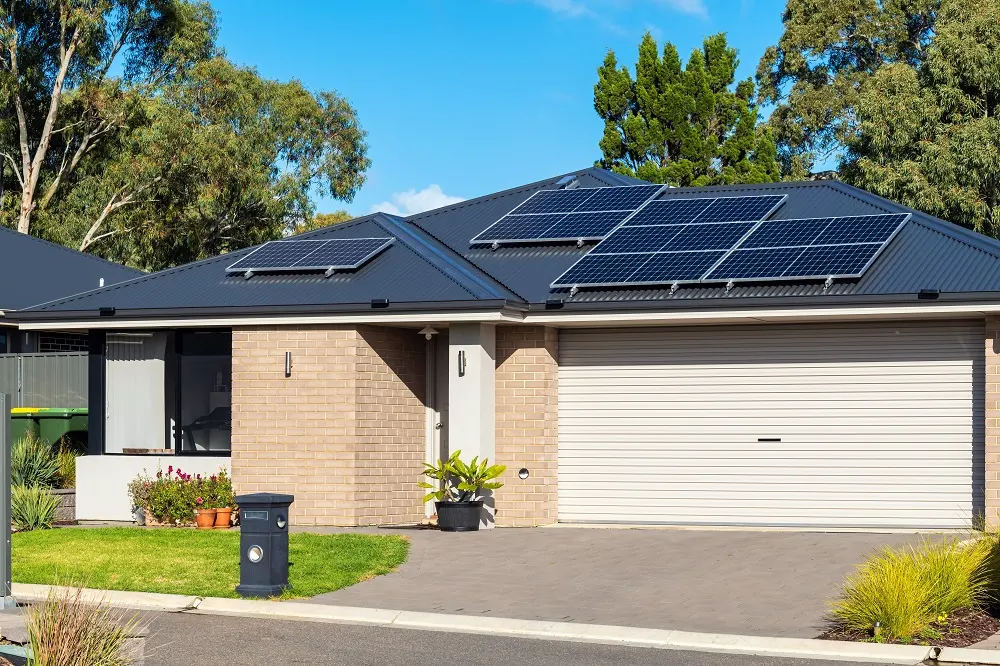Homeowners today are more conscious than ever about energy use, and upgrading to an energy-efficient HVAC system is a great way to reduce both your environmental impact and your energy bills. Here’s everything you need to know about choosing the most energy-efficient system for your home.
Start with the SEER Rating
The SEER (Seasonal Energy Efficiency Ratio) rating is a measure of how efficiently an HVAC system operates. The higher the SEER rating, the more energy-efficient the system. Look for systems with a SEER rating of 16 or higher, which will help you save energy and keep your home comfortable year-round.
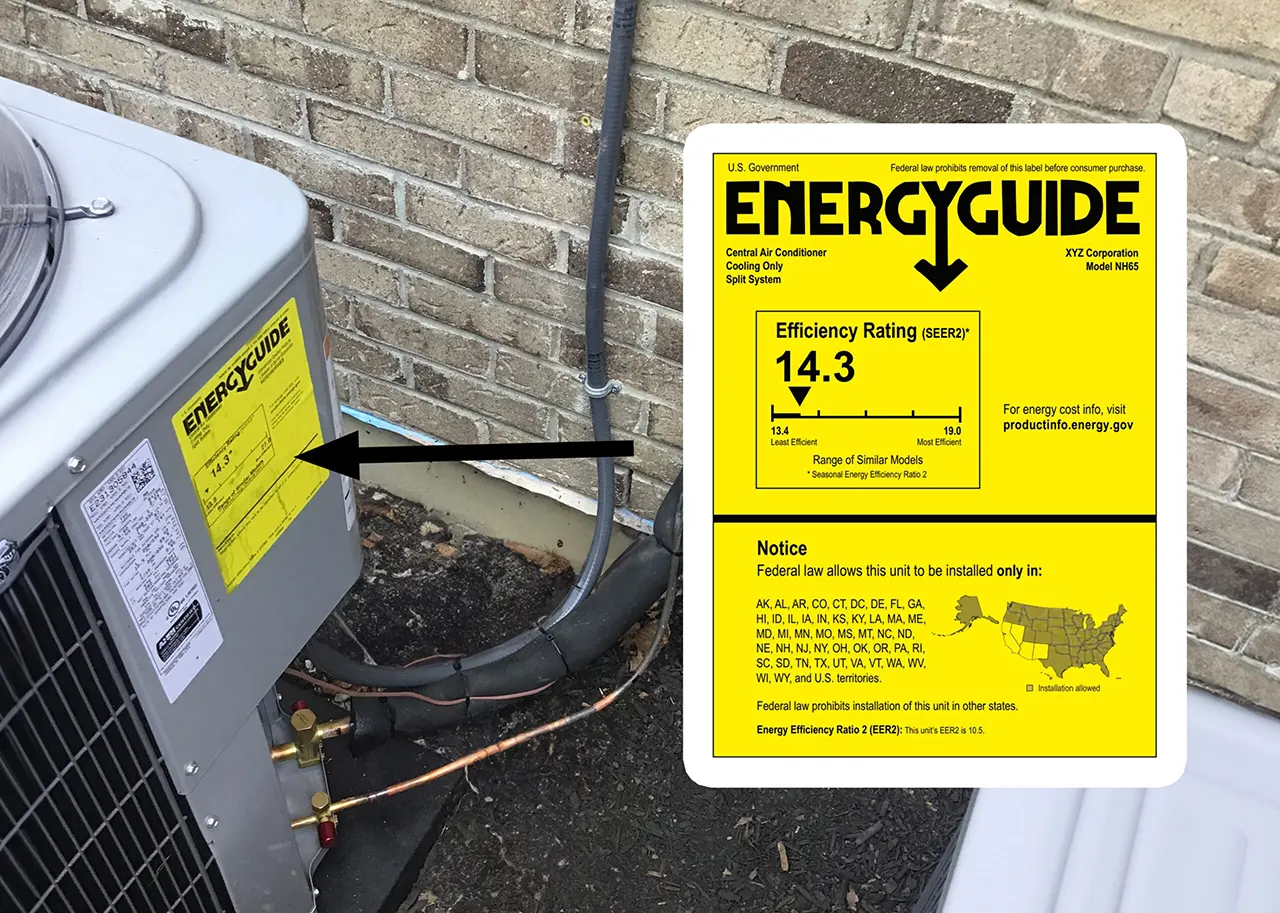
Consider a Programmable Thermostat
A programmable thermostat allows you to set your home’s temperature to adjust automatically throughout the day. This can significantly reduce energy consumption by ensuring your HVAC system isn’t running when you don’t need it. For example, you can program it to lower the temperature while you’re at work and raise it back up before you come home.
Choose the Right Size
An oversized HVAC system can waste energy by cooling or heating your home too quickly, leading to frequent cycling on and off. On the other hand, an undersized system won’t be able to keep up with your home’s demands. Have a professional assess your home’s size and insulation to ensure you choose the right-sized system.
Invest in Regular Maintenance
Keeping your HVAC system in good working order can make a huge difference in its efficiency. Change your air filters regularly, clean the coils, and schedule professional maintenance to keep your system running smoothly. A well-maintained system will operate more efficiently, saving you money in the long run.
Upgrade to a Smart HVAC System
Smart HVAC systems are becoming increasingly popular for homeowners who want to maximize energy savings. These systems allow you to control your heating and cooling remotely using a smartphone app, ensuring your home is always at the perfect temperature without wasting energy.
By choosing an energy-efficient HVAC system and maintaining it properly, you can enjoy a comfortable home year-round while also saving money and reducing your carbon footprint.
